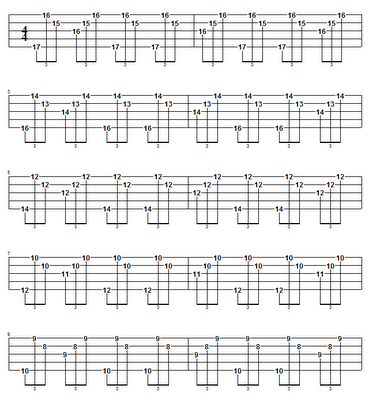Earl Scruggs died yesterday at age 88. That's a long full life by anyone's standards yet I still feel a sadness. Scruggs was a rare individual. To have someone like him, someone who so totally reimagined and revitalized his instrument, with us on this earth for as long as he was must certainly be looked upon as a gift.
I am positive that when Scruggs was a boy the idea of life in the year 2012 would have seemed as mindboggling to him as the distant future seems to any child..."Will there be a cure for the common cold? Will folks still drink Cocacola? How about flying cars, personal robots and leisurely trips to the moon?" I wonder if a young Scruggs ever imagined a future where his style of banjo playing would be performed on stages, in living rooms, on back porches and organized jam sessions not just in his home state or home country but across the globe; from Paris to Mumbai, Tokyo to Melborne, Mexico City to Beijing?
When I began on the banjo I was not aware that it was Scruggs' sound that had drawn me in. I knew I wanted, needed, to get that fast driving, make-your-hair-stand-on-end ring that I had heard...somewhere...on TV, on the radio, in a movie maybe. The deeper I got into the banjo the clearer the greatness of Earl became.
He was a visionary and a quantum leap in the development of banjo technique. He was also a player who performed the style he developed so well, so cleanly and with such articulation and beauty of tone, that he arguably has never been truly surpassed. To top it all off he had a knack for writing instrumental tunes and licks that were phenomenally appealing and which will live on, I'm guessing, at least until the next century.
Enough writing, I'm going to go play some banjo.
Thank you for everything, Earl. You are missed.

01.png)


01.png)

01.png)

























